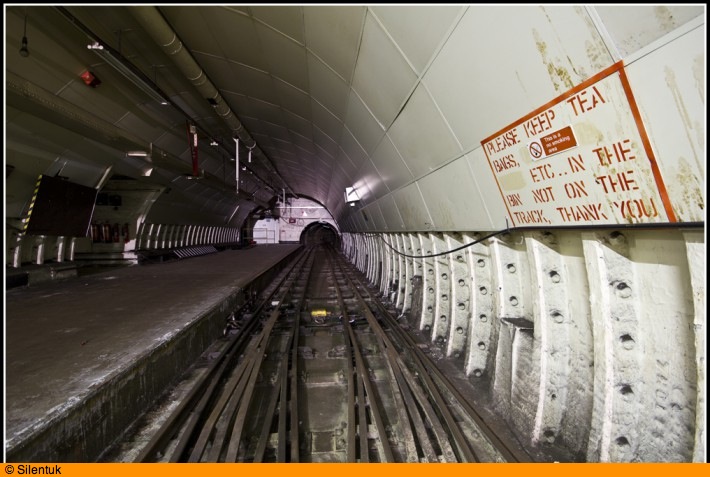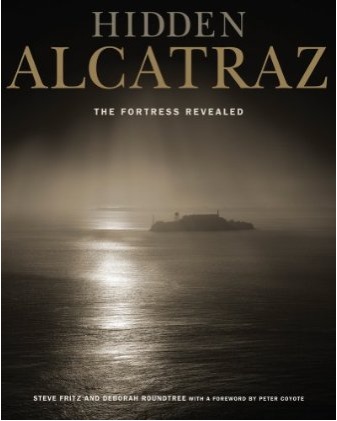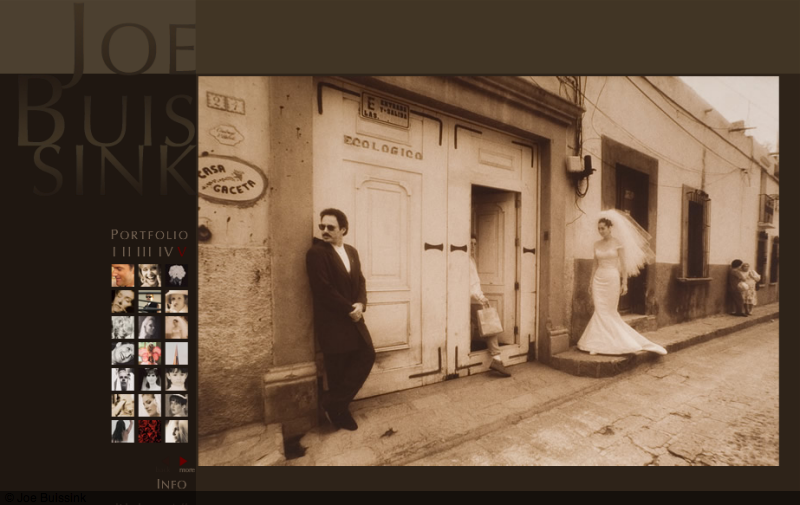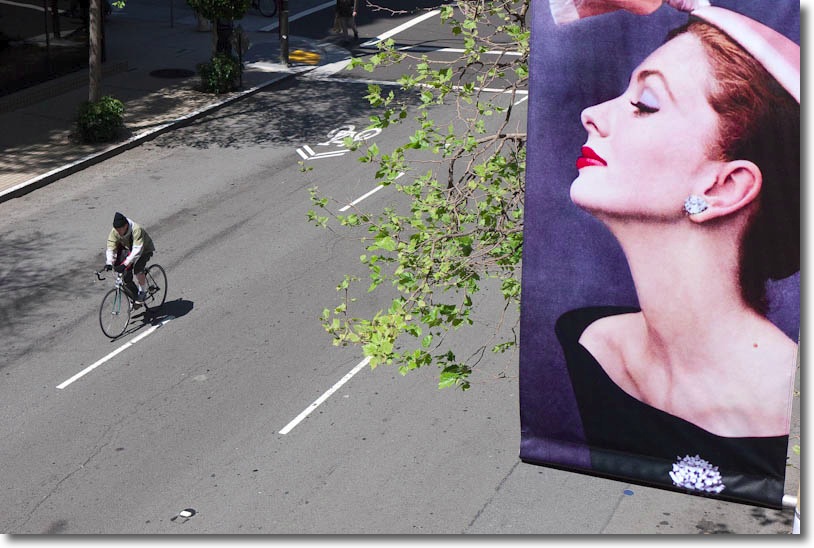Book review
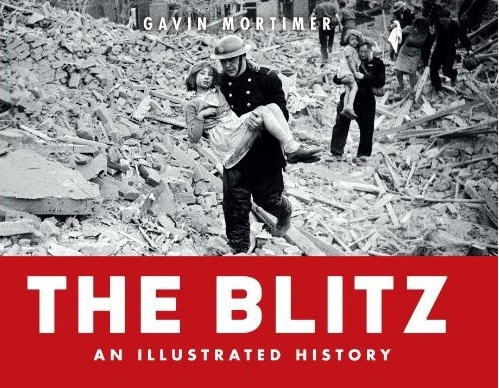
This collection of photographs from 1939 -1944 London is simply riveting.
If you look at the severity of Germany’s unprovoked aerial bombardment of London in WWII, using deaths as a yardstick, then the worst year was 1940 when the might of the Luftwaffe poured death and destruction from the skies. The combined efforts of I G Farben (now Bayer, BASF and Hoechst) for chemicals, Daimler Benz, BMW, AEG and Siemens for hardware and Deutsche Bank and Commerz Bank for finance, aided in no small part by massive conscription of slave labor, made all that insanity possible. Needless to add, all those firms survive and prosper to this day, along with the vermin offspring of their parents.
So it is impossible to write objectively about what this book of war time photographs from the Daily Mirror’s reporter George Greenwell portrays, other than to wonder at the miracle which gave England the English Channel, the greatest of all defenses, and a half-American named Winston Churchill. Our son Winston – a simple act of gratitude – will never know how close he came to not seeing this world.
While some of the pictures here are undoubtedly propagandistic in nature, the reality is that people did get married in bombed out churches, kids did play in the ruins and life went on as best as it could. ‘Muddling through’ may be a trait ascribed to the English but realistically what else were they going to do? I bow in admiration to their wonderful grace and stoicism in these hardest of times.
What many forget, and this book makes clear, is that death from the skies was not confined to 1940. Almost as many died in London in 1944. This time, with the Luftwaffe finished, it took the form of the V1 pulse jet and V2 rocket flying bombs, the first effective guided, pilotless missiles. The V1 could be put out of action by the faster Spitfires who would daringly tip it over with a delicate nudge from a wing tip and a 100 mph speed advantage. The V2 was altogether a different proposition. At 1,800 mph it flew at more than twice the speed of sound and no 400 mph piston-engined, propeller aircraft was about to catch it. That little number was created by a brilliant rocketeer who became a more than willing member of the SS in 1937 and managed to look resolutely the other way while Jews and Poles died on his production lines creating his evil weapon.
What became of him?
A few short years later he was to be seen in one of the last ticker tape parades down Manhattan’s Broadway, proudly waving a Stars and Stripes, testimony to his new citizenship and to the fact that his Saturn V rocket had just made it possible for Neil Armstrong to make his ‘Giant Leap for Mankind’.
That rocketeer was named Wernher von Braun.

